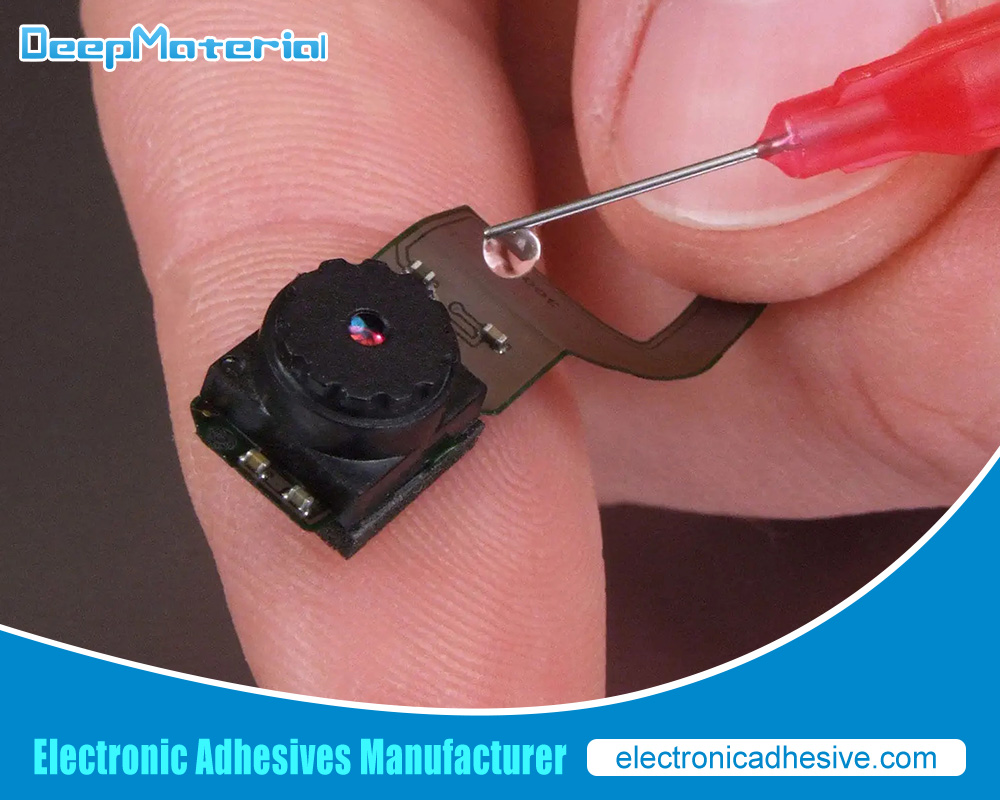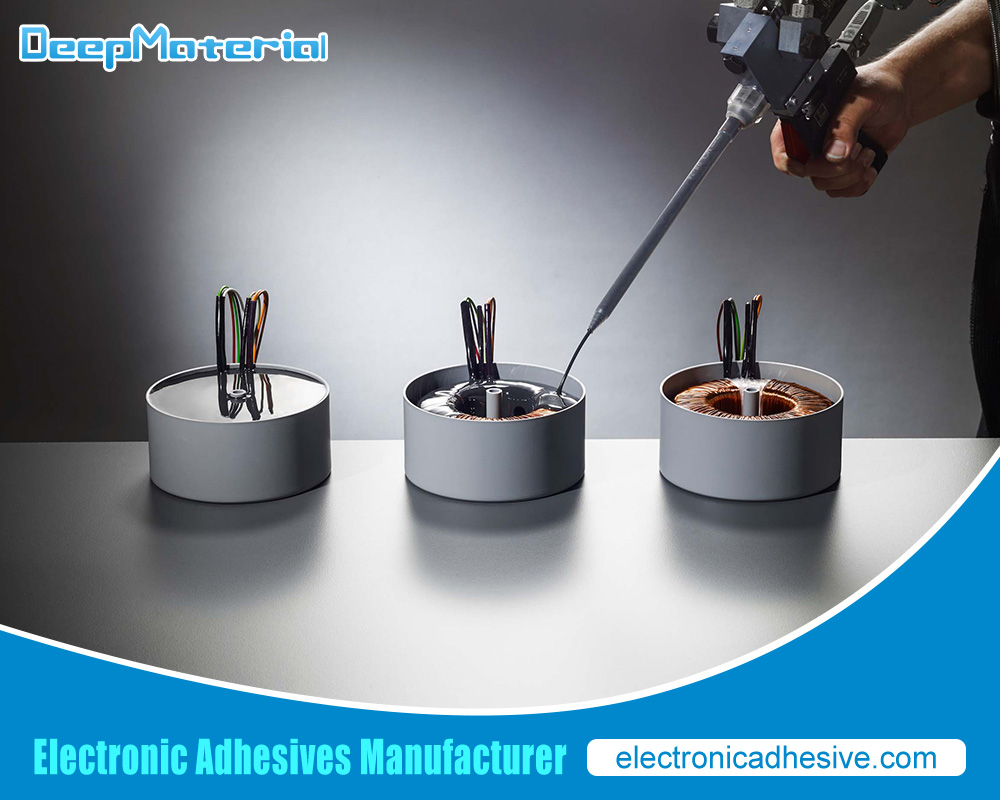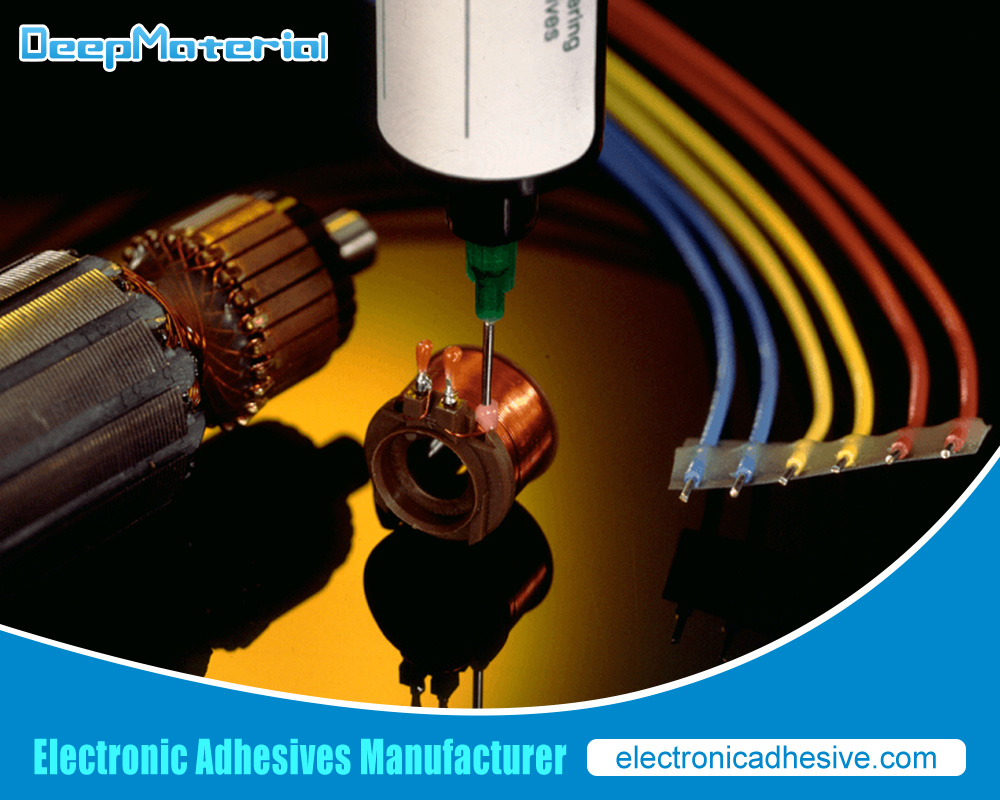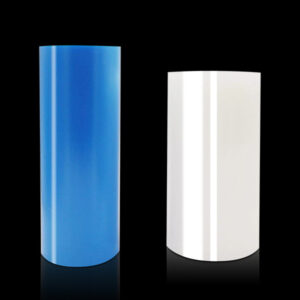How to Apply Adhesive for Electronic Components: Best Practices and Tips
How to Apply Adhesive for Electronic Components: Best Practices and Tips
In the world of electronics, adhesive plays a crucial role in ensuring that components are securely fastened to their respective surfaces. However, applying adhesive for electronic components can be a tricky process that requires precision and attention to detail. In this blog post, we will explore the best practices and tips for applying adhesive for electronic components.
Whether you are a seasoned professional or a beginner in the field, this guide will provide you with valuable insights on how to achieve optimal results when working with adhesives in electronics. So, let’s dive in and discover the secrets of successful adhesive application!

The Importance of Proper Adhesive Application in Electronics
Adhesive application affects the performance and reliability of electronic components. Improper adhesive application can lead to a weak bond, which can cause the component to fail prematurely. This can result in costly repairs or replacements. Adhesive failure can also cause safety hazards if the component is part of a larger system.
Consequences of improper adhesive application include delamination, where the adhesive separates from the substrate, and voids, where air pockets form within the adhesive layer. These defects weaken the bond and reduce its effectiveness. They can also cause stress on the component, leading to cracking or other forms of damage.
Choosing the Right Adhesive for Your Electronic Components
This is very crucial for achieving a strong bond. There are different types of adhesives available for electronic components, including epoxy, silicone, acrylic, and polyurethane. Factors to consider when selecting an adhesive include substrate materials, operating conditions, and curing time.
Substrate materials refer to the materials that will be bonded together. Different adhesives work better with different materials. For example, epoxy adhesives work well with metals and plastics, while silicone adhesives work well with glass and ceramics.
Operating conditions refer to the environment in which the component will be used. Factors such as temperature, humidity, and exposure to chemicals or UV light can affect the performance of the adhesive. It is important to choose an adhesive that can withstand these conditions.
Curing time refers to the time it takes for the adhesive to fully harden and reach its maximum strength. Some adhesives cure quickly while others take longer. It is important to choose an adhesive with a curing time that fits your production schedule.
Preparing the Surface for Adhesive Application
Surface preparation is crucial for achieving a strong bond. The surface must be clean and free of contaminants such as oil, grease, dust, or rust. Any residue on the surface can weaken the bond or prevent it from forming altogether.
Steps to take to ensure a clean and properly prepared surface include cleaning with solvents or detergents, sanding or grinding to remove any rough spots or corrosion, and using primers or adhesion promoters to improve bonding.
Applying Adhesive: Dos and Don’ts
Proper application of adhesive is essential for achieving a strong bond. Best practices for applying adhesive include using the right amount of adhesive, avoiding air bubbles by applying pressure evenly across the surface, and allowing enough curing time before handling or moving the component.
Common mistakes to avoid include applying too much adhesive, which can cause excess material to squeeze out and create voids or weak spots in the bond; not allowing enough curing time before handling or moving the component; and not applying enough pressure evenly across the surface.
Tips for Achieving a Strong and Durable Bond
Techniques for ensuring a strong and durable bond include using clamps or other tools to apply pressure evenly across the surface; using heat or UV light to accelerate curing time; and using fillers or reinforcements such as fibers or particles to improve strength.
Factors that can affect bond strength include temperature and humidity during curing; substrate materials; operating conditions such as vibration or shock; and exposure to chemicals or UV light.
Dealing with Common Adhesive Application Challenges
Common challenges that can arise during adhesive application include uneven surfaces or difficult-to-reach areas. Tips for overcoming these challenges include using fillers or reinforcements to level out uneven surfaces; using applicators such as syringes or brushes to reach difficult-to-access areas; and using masking tape or other barriers to prevent excess material from spreading beyond the intended area.
Curing and Drying Time: What You Need to Know
These are important factors in achieving a strong bond. Curing refers to the chemical reaction that occurs between the adhesive components as they harden into a solid material. Drying refers to evaporation of solvents or water from the adhesive layer.
Factors that can affect curing and drying time include temperature and humidity during application; substrate materials; thickness of the adhesive layer; and type of adhesive used.
Cleaning Up After Adhesive Application
Cleaning up excess adhesive after application is important for maintaining a clean work environment and preventing contamination of other components or equipment. Techniques for cleaning up adhesive include using solvents such as acetone or alcohol; scraping off excess material with a razor blade or scraper; or wiping off excess material with a cloth or paper towel.
Testing the Adhesive Bond: How to Ensure Quality and Reliability
Testing is important for ensuring quality and reliability of adhesive bonds. Different methods for testing include peel strength tests, shear strength tests, lap shear tests, tension tests, compression tests, fatigue tests, and environmental tests such as exposure to temperature extremes or humidity.
Testing should be performed on a regular basis during production to ensure consistency in quality and reliability.
Best Practices for Storing and Handling Adhesives for Electronic Components
Storing and handling adhesives properly is important for ensuring their effectiveness and longevity. Tips for storing adhesives include keeping them in their original containers with lids tightly closed; storing them in cool dry places away from direct sunlight; avoiding exposure to extreme temperatures; checking expiration dates regularly; and following manufacturer’s instructions for handling.

Conclusion
Proper adhesive application is essential for achieving a strong bond in electronic components. Choosing the right adhesive based on substrate materials, operating conditions, and curing time is crucial for success. Surface preparation is important for achieving a clean surface free of contaminants that can weaken bonds.
Dos and don’ts of adhesive application should be followed carefully to avoid common mistakes such as applying too much material or not allowing enough curing time before handling components.
For more about choosing the Adhesive for Electronic Components, you can pay a visit to DeepMaterial at https://www.electronicadhesive.com/electrical-bonding-adhesive/ for more info.











